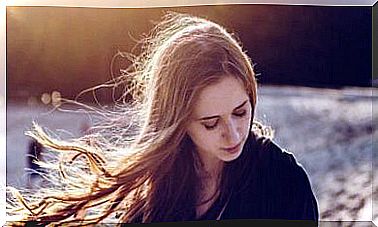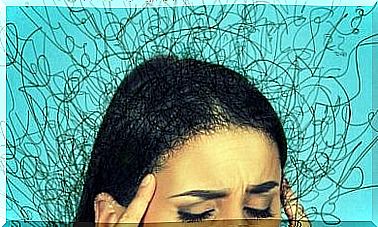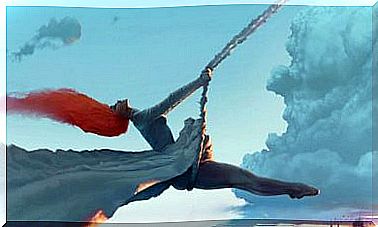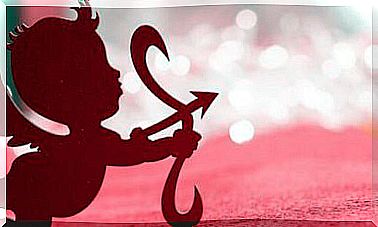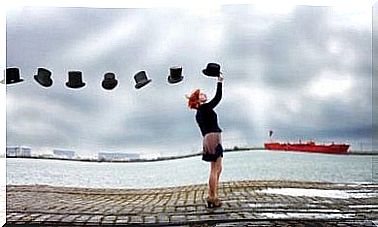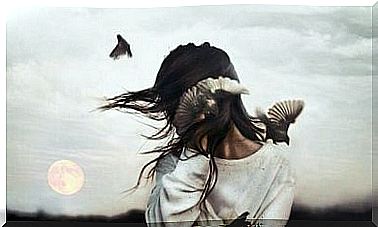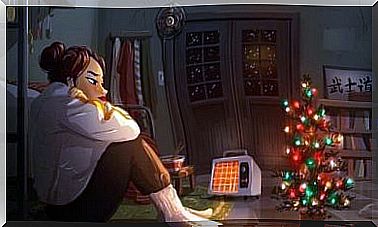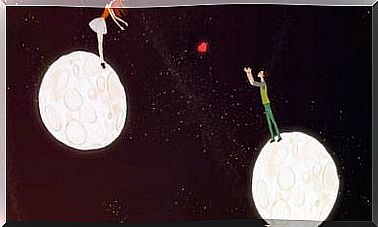The Archetype Of The Shadow: The Hidden Side Of Our Psyche
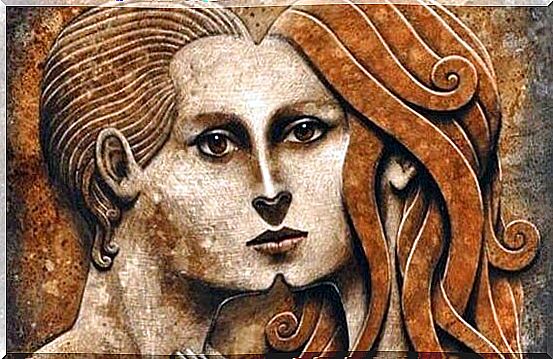
The archetype of the shadow represents, according to the analytical psychology of Carl Jung, the “dark side” of our personality. It is a convulsive underworld of our psyche where the most primitive, the sharpest egoisms, the most repressed instincts and that “unauthorized self” that the conscious mind rejects and that we plunge into the deepest abysses of our being are contained.
We have all heard about that concept, of that archetype of the shadow that somehow continues to be used in psychology to talk about that confrontation. From that feeling of dispute that we sometimes carry with ourselves when we work through our frustrations, our fears, insecurities or grudges.
However, we cannot forget that this idea that Carl Jung brought us through his work on archetypes was already present in our society historically and culturally. The concept of shadow or dark reverse conforms that common duality, which even served as inspiration for Robert Louis Stevenson to create his now classic “Dr Jeckyll and Hyde”, long before Jung himself developed his theory on the archetype of the shadow.
Everything that at a given moment we consider as “bad” due to our education and the moral norms of our society, becomes our shadow. However, it is not advisable to see all these internal dynamics as reprehensible or dangerous experiences, to the point of thinking that all of us have a Hyde within us crying out to get out.
Jung himself explained that there are different types of shadows and that one way to achieve well-being, healing and personal freedom is by making them aware, facing them.
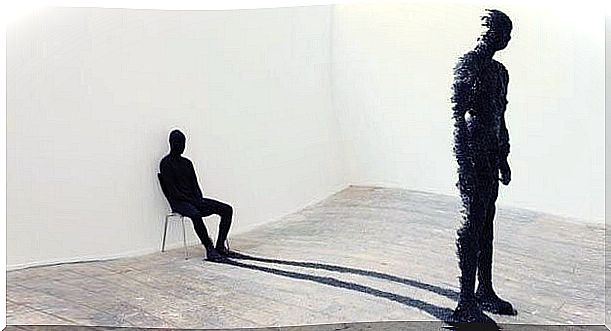
The archetype of the shadow: the dark side of the human being
The archetype of the shadow is closely related to the concept of the unconscious formulated by Freud. However, it contains unique nuances that differentiate it considerably and enrich it. We cannot forget that what began as an intellectual idyll between Freud and Jung ended up getting cold, to the point that the latter came to say of the father of psychoanalysis that he was “a tragic figure, a great man, but someone with whose therapeutic method he cannot. he received communion ”.
Jung developed his own method, analytical psychology. He put aside the couch and that asymmetric relationship between therapist and patient to develop a therapy based on conversation, where he could investigate the structure of the psyche and that unconscious where archetypes navigate. Among all of them, the one with the greatest therapeutic value was undoubtedly the archetype of the shadow. Let’s see its characteristics :
The shadow, a known but repressed presence
- The “shadow” was a term that Jung took from Friedrich Nietzsche.
- This idea represented the hidden personality that every person has. At first glance, most of us appear (and perceive ourselves) as good and noble beings. However, within us there are certain repressed dimensions, inherited instincts where violence, anger, hatred sometimes hide …
- The shadow archetype does not uniquely inhabit each person. Sometimes it is also present in “groups of people”, in sects, in some types of religions or even in political parties. They are organizations that can, at a given moment, bring their shadow to light to justify violent acts against humanity itself.
- The shadow is most destructive, insidious, and dangerous the more we “repress” it. It is then when “it is projected” appearing like this, and according to Carl Jung, disturbances such as neurosis or psychosis.
- Likewise, Jung differentiated two typologies in his shadow archetype. The first is the personal shadow, the one we all carry with our most common little frustrations, fears, selfishness and negative dynamics. However, there would also be the impersonal shadow, the one that would contain the essence of the most archetypal evil, the one that accompanies the genocidal, ruthless murderers, etc.
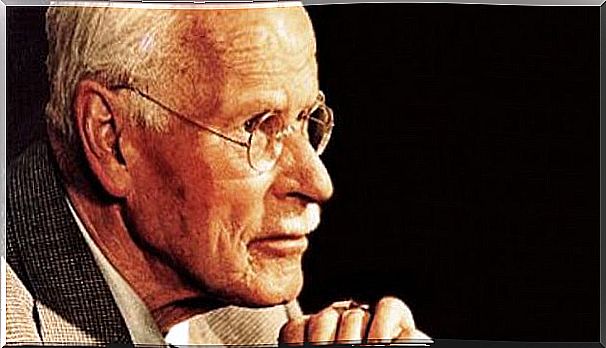
How to deal with our own shadow?
It is quite possible that Jung’s theory of the archetype of the shadow is interesting to us on a theoretical level, that it has its charm, its metaphorical essence and mysticism. We all see in this figure the most classic representation of taboo, evil and that dark dimension of the human personality that always arouses high interest. However, can we get any practical applicability from it in our day-to-day life?
The answer is yes”. As the father of analytical psychology reminds us in books like “Archetypes and the Collective Unconscious” our task in life is to fully accept ourselves and integrate “our shadow” into the personality to make it conscious and work with it, facing it face to face . Neglecting it, allowing it to continue in its unconscious universe can rob us of balance and the opportunity to be happy.
We cannot forget what type of dynamics make up that concept that we call shadow: there are our fears, there are those traumas of the past, there are the disappointments that poison us, there are dreams not realized due to indecision and that become frustrated sharks navigating our personality. . If we hide them, those internal demons acquire greater ferocity and if we silence them they will end up controlling us, projecting on others in many cases an image of ourselves that we do not like.
Therefore, we cannot forget that our personal growth and our psychological well-being will always depend on our ability to bring out these shadows. After that act of courage, a delicate but valuable work will begin to heal ourselves, to find calm and well-being.
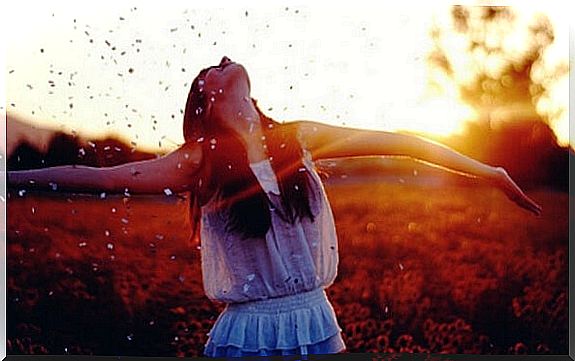
Jung and Buddhist psychology. Or how to observe our shadow
Jung and Buddhist psychology are closer than it seems. Buddhism tells us that since we are born, society has conditioned us little by little over time. If we observe ourselves right now, we are an accumulation of experiences, learnings and conditioning that make us who we are today. For Buddhism, a large part of these conditions we do not question, but we take them as true, and many of them unconsciously.
From Buddhism it is postulated that the human being is good by nature, so our shadow would be composed of our entire history of learning and conditioning. However, they do not qualify the shadow as a good or bad thing. In Buddhism they talk about lucky or unfortunate actions. Thus, if we want to observe “our dark side”, we must learn to meditate to observe our mind.
It is an observation without judgment and without suppressing any thought. Observing everything that crosses our mind without judging it. In this way we observe thoughts and ideas that we did not even know were there.
